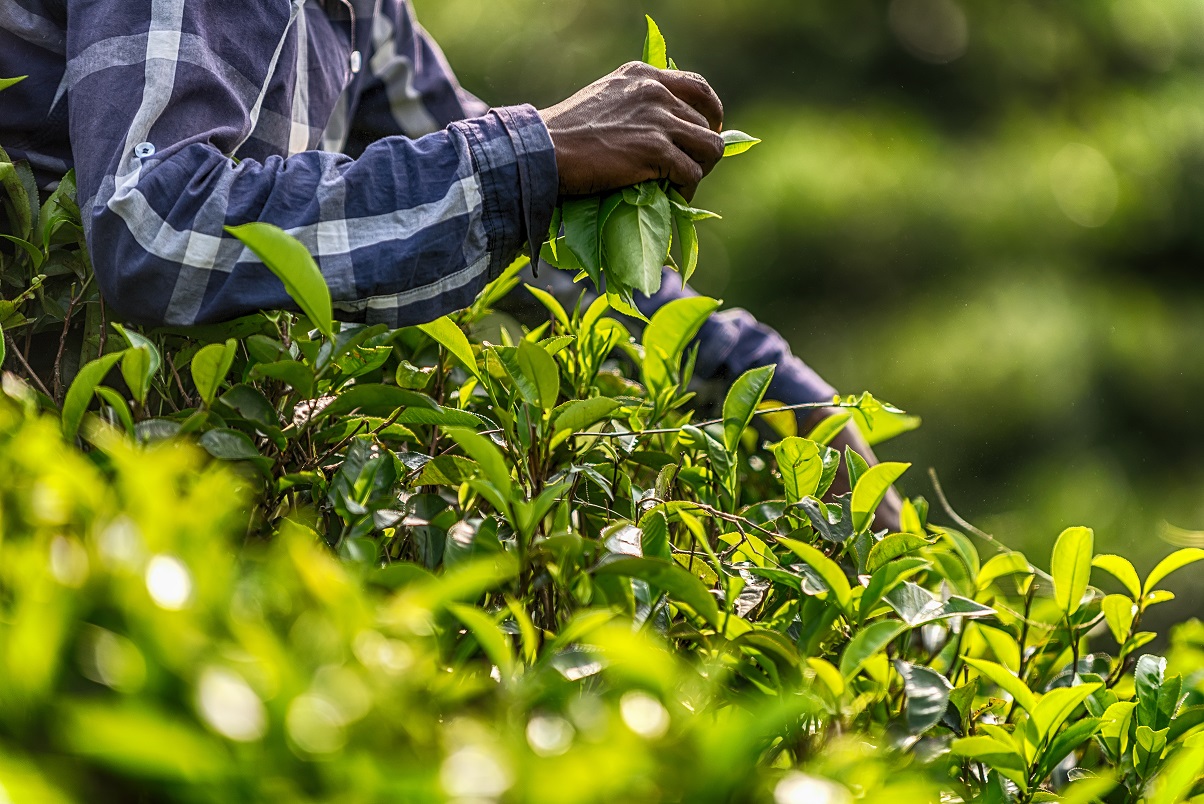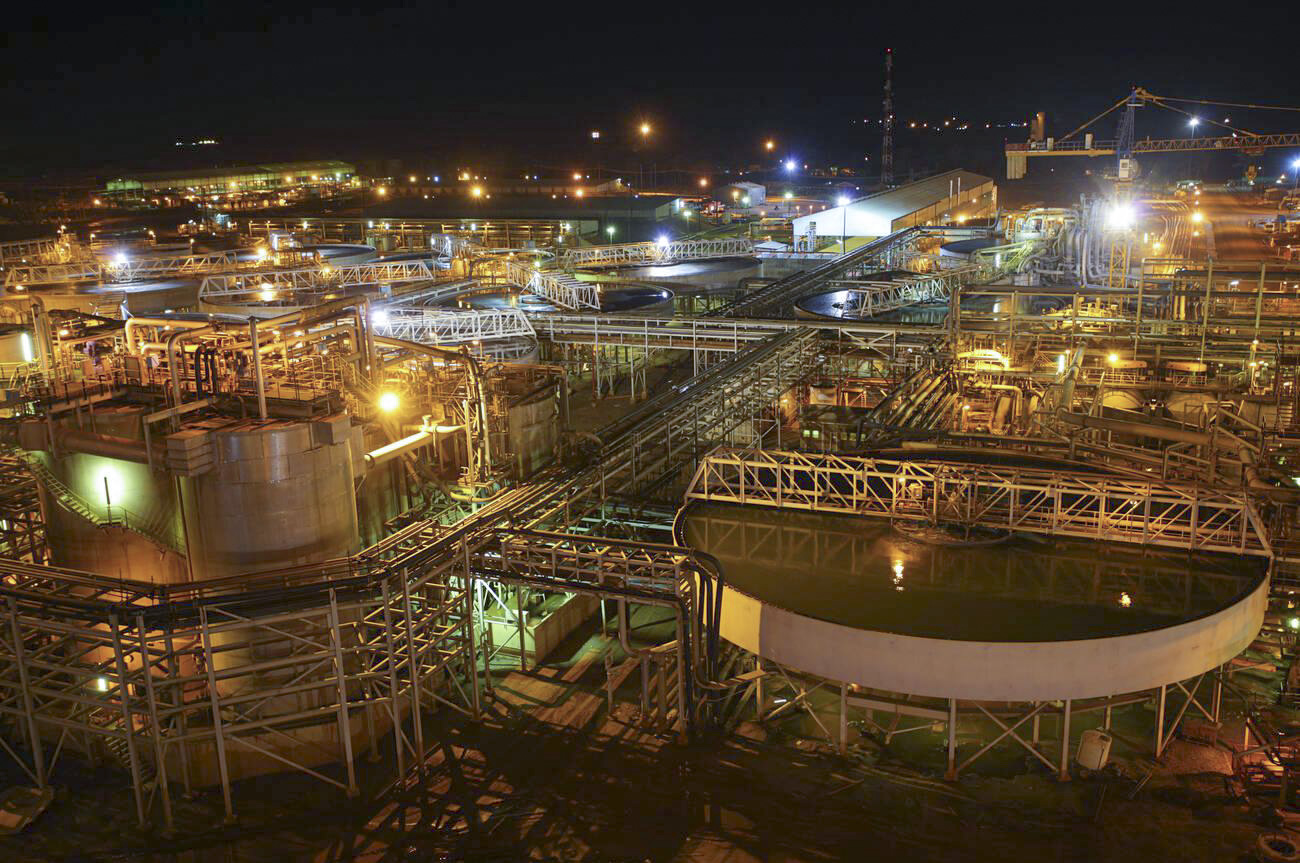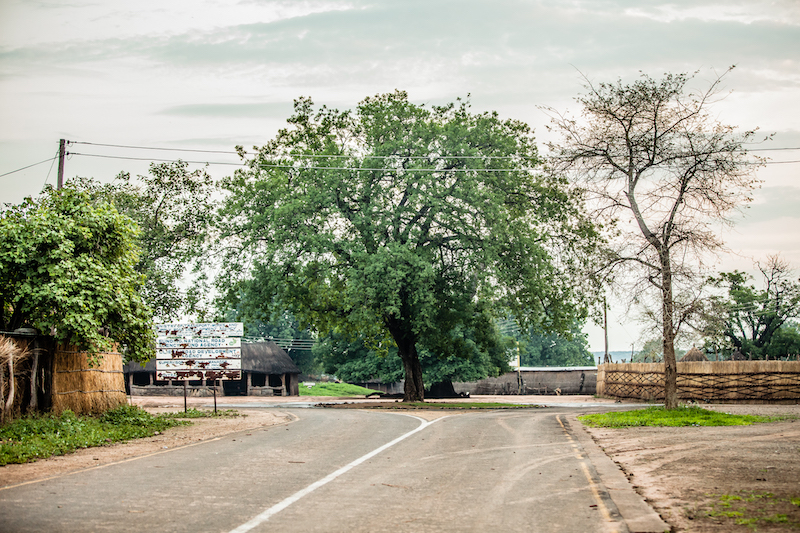With the exception of water, tea is the most consumed beverage in the world. In Zambia, local production of the sweet brew has recently been brought back from the brink of extinction.
In 1964, a newly independent Zambia set about an ambitious industrialisation programme to enhance job creation and diversify the copper focused economy, looking to new, exciting ventures in agriculture, manufacturing, tourism and construction. Among several greenfield projects was the cultivation and processing of tea in Kawambwa, a rural heartland in Luapula Province in the northern part of the country. The area was climatically suitable with rainfall patterns agreeable with tea cultivation.

In 1969 the plantation was launched and processing in the Kawambwa factory started in 1976. For the next two decades the factory supplied high-quality tea for domestic and international consumption while providing much needed jobs for the locals. It was for a time the anchor industry in Luapula, a positive showcase of the government’s industrialisation policy.
In 1991 there was a change of government and a capitalist liberal democracy took shape and quickly set about reforming the controlled state enterprise dominated economy. Unfortunately, without the protectionist policies of the previous government, Kawambwa could not compete with imported teas on price and, to some extent, quality as no innovations to enhance production had been adopted since the 1970s. In 1996, the company was sold. By 2015, having changed hands at least three times, government repossessed the plantation, albeit in a state of disarray and disrepair, and set about resuscitating operations, through its investment arm, the Industrial Development Corporation (IDC).
General Manager Moses Silanda explained that the tea plants had grown into trees. “We could not get the green leaf that is required for good tea,” he explained in video footage availed by the IDC acting on a request from Nkwazi. By the end of 2020, using prudent agricultural practices, ten tea varieties sitting on 423 hectares were flourishing. Among them a resilient purple variety peculiar to Kawambwa and another which is fully organically bred. “The tea plant has a hundred-year lifespan so with good agriculture practices we are now picking high quality green leaf,” enthused Silanda.
The company employs 850 people, the majority of whom are women, though mostly on a seasonal basis. The plantation is a hive of activity as workers with huge baskets strapped to their backs, trudge the tea lined beds casually picking the tea. “Tea picking is an art. It needs patience and that is why we have women pickers,” explained Silanda.
Currently, about 20 tonnes of green leaf are picked and processed every day. However, as part of an expansion programme, two huge nurseries have been established.
“The nurseries have 375,000 cuttings which are enough to cultivate 29 hectares to feed the plantation and an ambitious out-grower scheme.
The local traditional leadership is happy with the company’s progress. “They came to me and explained what they were doing and their need for more land to undertake an out-grower scheme. So I released 4,000 hectares to be used for those interested in the scheme. The tea plant is a source of wealth as it lasts hundred years, so you know generations will never suffer,” a visibly delighted chief Mushota expounded.
“Apart from the tea plant cuttings, the company imparts skills to the out-growers so that the best green leaf possible is cultivated and harvested,” explained Silanda.
A new ultra-modern state of the art factory is nearing completion and stands side by side with the 1976 edifice which is still processing the current crop graded for different segments of the market. This includes tea which is exported to neighbouring Democratic Republic of Congo. The new factory, once commissioned, will complete the rehabilitation and modernisation of the once defunct Kawambwa Tea company. It will increase value-added production and processing to 50 tonnes a day, surpassing its past glory and gaining a firm foothold in the local and regional tea market.















